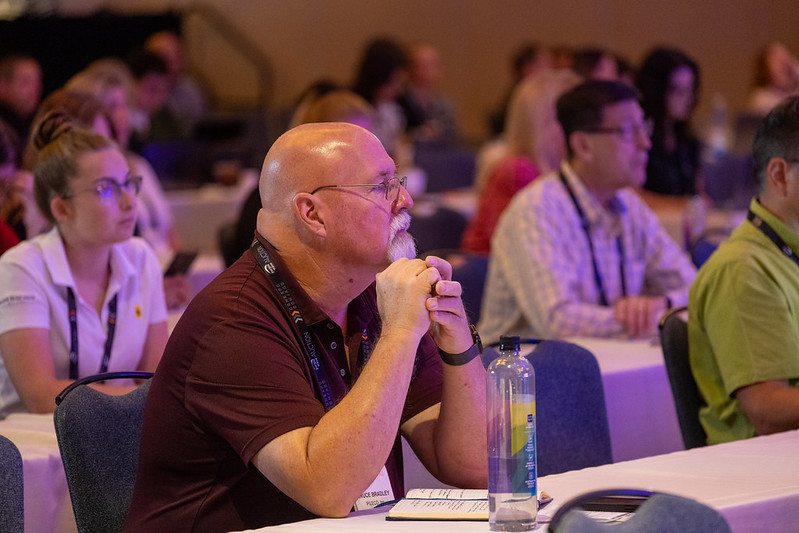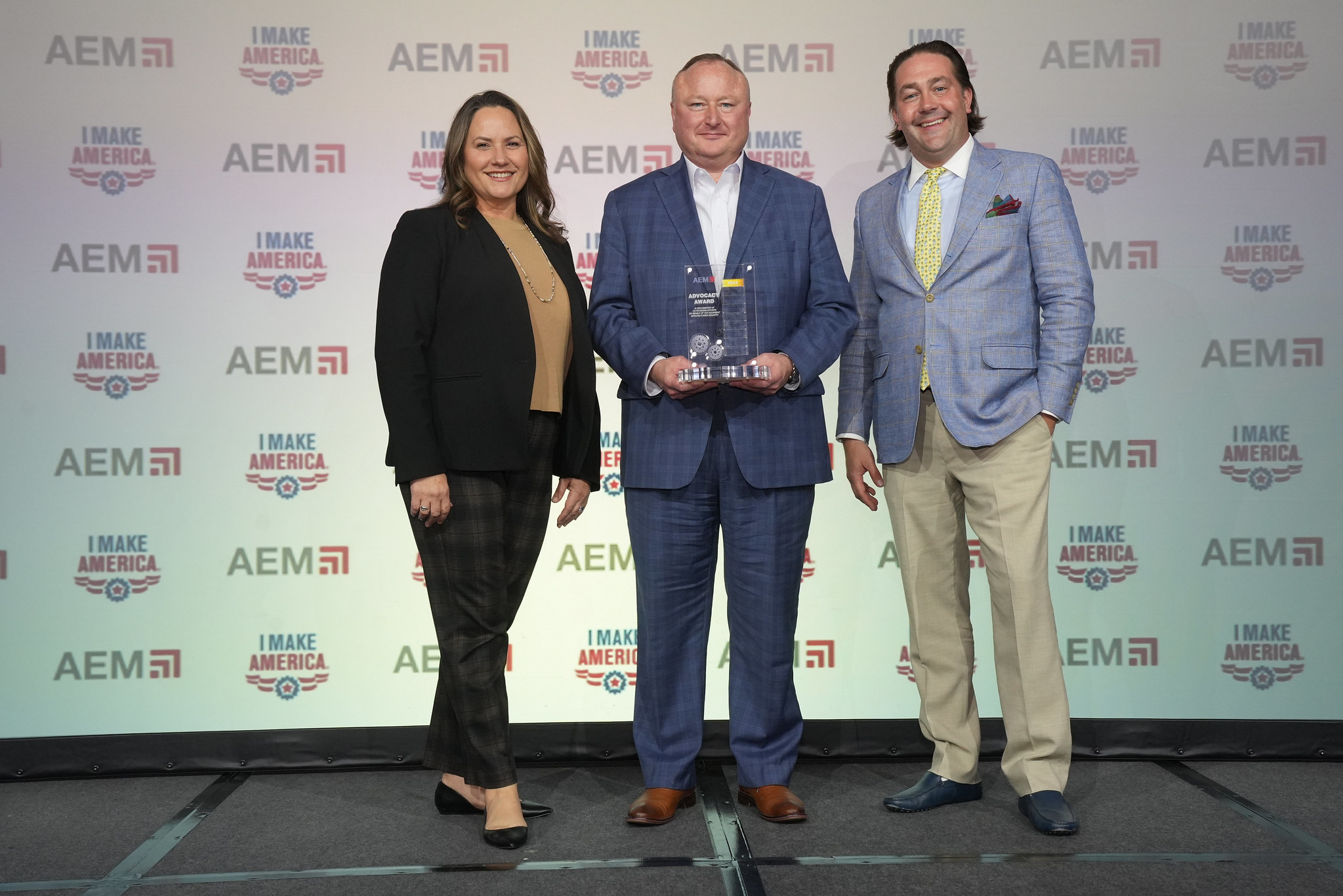By Peter Krammer, Senior Partner, Okos Partners
At the end of 2019, a metropolitan electric utility company set in motion a workforce development strategy to attract and retain diverse talent in all areas of the company. The executives agreed to objectives that monitored the number of new hires and retention rates after the first year of employment.
At the end of 2020, despite being in the midst of a global pandemic, the leadership team discovered that hiring rates were close to targets, and retention rates were close to historical retention rates. They thought this was an indication that their program was working. However, during exit interviews, the execs discovered some warning signs that their workforce development programs were not as healthy as initially perceived. People felt there were significant barriers to advancement and, especially in the engineering ranks, people left because they had better opportunities in more enlightened environments.
The management team is currently assessing the holes in their diversity, equity and inclusion (DEI) program, and looking beyond to its management culture. Meanwhile, ongoing data collection continues to reveal vital information that indicates how and where strategies are succeeding, any threats to progress, and insight into the receptivity of the organization to transform hiring, development and promotion practices.
Access more resources and information by visiting the AEM Workforce Solutions Toolkit.
Workforce Development is Mission Critical
For many companies in the manufacturing industry, workforce development at the top of leadership concerns and is, in fact, mission critical. And if you lead the organization, you own the problem, even if you delegate the solving of it.
Objectives are measurable, time-bound (usually one-year) goals for an organization, department, or team. They measure progress toward a vision or a set of strategies, both of which are usually long-term. Objectives are what a manager or team is accountable to, and in successful organizations, objectives align through the different levels of the organization.
In our experience, executives do not always know which objectives are critical to their business. When it comes to workforce development, things get particularly fuzzy. Why is this subject so important? Because without clear and relevant objectives managers have no way of knowing how well or poorly their workforce development program performs.
Throughout the manufacturing industry, multiple factors are driving labor and skills shortages in all departments and for all skills levels. Just before the pandemic, the Department of Labor data tracked nearly 500,000 new skilled trades apprentices hired. While the Aspen Institute data indicates that between 35% and 60% of all apprenticeships in the United States fail, the failure rate for apprentices the Department of Labor tracked was roughly 50%. Aside from these concerning statistics, many people, for many reasons, elected not to return to their previous jobs during the pandemic. As recent history shows us, problems were significant before the pandemic, and have been exacerbated by it.
Some organizations recognized the coming shortages years ago as baby boomer retirements mounted. Now, workforce development has become a generational problem that challenges most businesses large and small, as well as the communities where they base operations.
For example, let’s go back to that metro utility. The current employee population of 2,500 grew rapidly as its service area expanded over the past 40 years. A large percentage joined during the first two decades of the utility’s growth years and have now reached retirement eligibility. To address this huge challenge, the utility recruits actively in the community, from community college vocational programs, management and technical programs in universities, not-for-profits, military veterans programs and others. The company has also invested heavily in building internal training programs. Realistically, over the next seven to 10 years, this utility will replace perhaps two-thirds of its employees, upwards of 1,700 people. And the company competes with every other employer in the marketplace. This organization must keep the power flowing and lights on 24/7. Failure to succeed in workforce development is not an option.
How will this utility know that its strategies, investments, and initiatives are working?
Let’s Set Some Objectives
First, workforce development initiatives tend to fail without a plan consisting of a well-articulated vision, mission statement, and top level strategies. These three components should explain what your organization will accomplish, why, and how it will align its customer, operations, financial and people interests. The objectives define what gets measured so that the organization and leadership team can monitor progress.
Hundreds of studies have examined the relationship between objectives and organizational, team, and individual performance. One significant conclusion across most studies shows that, in order to succeed, setting organization-level objectives must include consideration of four factors:
- Employees’ goals for the organization
- Employees’ goals for themselves
- The organization’s goal for employees
- The organization’s goal for itself
A fifth factor, alignment of these four types of objectives, is best addressed through objective specificity.
What this means is your organization-level workforce development objectives must engage everyone involved in solving the problems. This does not suggest a compromise or mashup of four disparate views, however. Top-level objectives are the guideposts to which all other strategies and objectives must align.
Second, keeping objectives practical is important. If objectives are clear and actionable, they inspire and motivate. If objectives are complicated, and people are forced to analyze and infer, this leads to confusion, misalignment and failure. And generally, complicated objectives motivate no one.
Going back to the utility example, the percentage of people who leave the utility in the first year was a more meaningful top-level measure than the number of people recruited. If you cannot retain people, you will fail. Retention is often influenced by such things as DEI, work culture, promotion opportunities and management and leadership culture. If you have a problem with retention, you know where to start investigating. However, if your workforce development program is measured solely by how many people you hire, you know little more than how successful your recruiting program is. The hiring objective is important to the recruiting and DEI departments, but is less meaningful than the percentage of people who stay past the first year.
Which top-level workforce development objectives are useful, and why? Assuming vision, mission and strategies align, here are six examples of organization objectives that work:
- First year turnover rate: How well does the business onboard, engage and develop new employees? Whether your business is hiring electricians, engineers or team leaders, the first year is critical to retaining people. If the workplace or leadership culture creates barriers, people will leave.
- Voluntary and involuntary turnover rate: This measure can provide insight into how people fare long-term in the business. As with first year turnover, workplace or leadership culture can directly lower and raise this number.
- Internal mobility rate: An excellent measure of employee development and promotability. Most employees judge the quality of opportunity by their employer’s training, mentoring and promotion systems. They will make a decision to stay or leave when they understand whether or not they can advance.
- Employee engagement scores: The key to retention and productivity is a measure of team effectiveness, accountability, communication, structures, emotional intelligence, feedback systems, and cohesion. These scores provide deep insight into how people perceive the culture, their ability to thrive within it and their opportunities for growth.
- Competency assessment scores: How well the business is progressing toward building the skills and teams for the future. Employees who don’t improve often lack mentorship and formal training - they are left to drift. Drifting employees disengage and eventually leave. Or worse, they stick around.
- Diversity, Equity, Inclusion scores: DEI scores provide deep insight into corporate and work culture, and most importantly, leadership and management commitment and accountability. Organizational barriers to DEI are most often deeply ingrained. It takes leadership commitment, more than anything else, to affect performance and succeed in this complex area of management.
There are many other top-level objectives that can be employed, depending on the company, its industry and the structure of its workforce development initiatives. As you create workforce development plans, choose the two or three most critical, executive-level objectives that have the most meaning for your organization. The challenge then will be to align everyone involved and hold the organization, including the leadership accountable.
Peter Krammer has been helping leaders put their heads and their hearts into their businesses for more than 30 years. Krammer, currently employed as senior partner with Okos Partners, is a consultant, trainer, program designer and entrepreneur. He is the author of numerous articles on safety, negotiations and outside-in customer thinking. For more information on Okos Partners, visit https://okospartners.com.
For more AEM member perspectives, subscribe to the AEM Industry Advisor.





